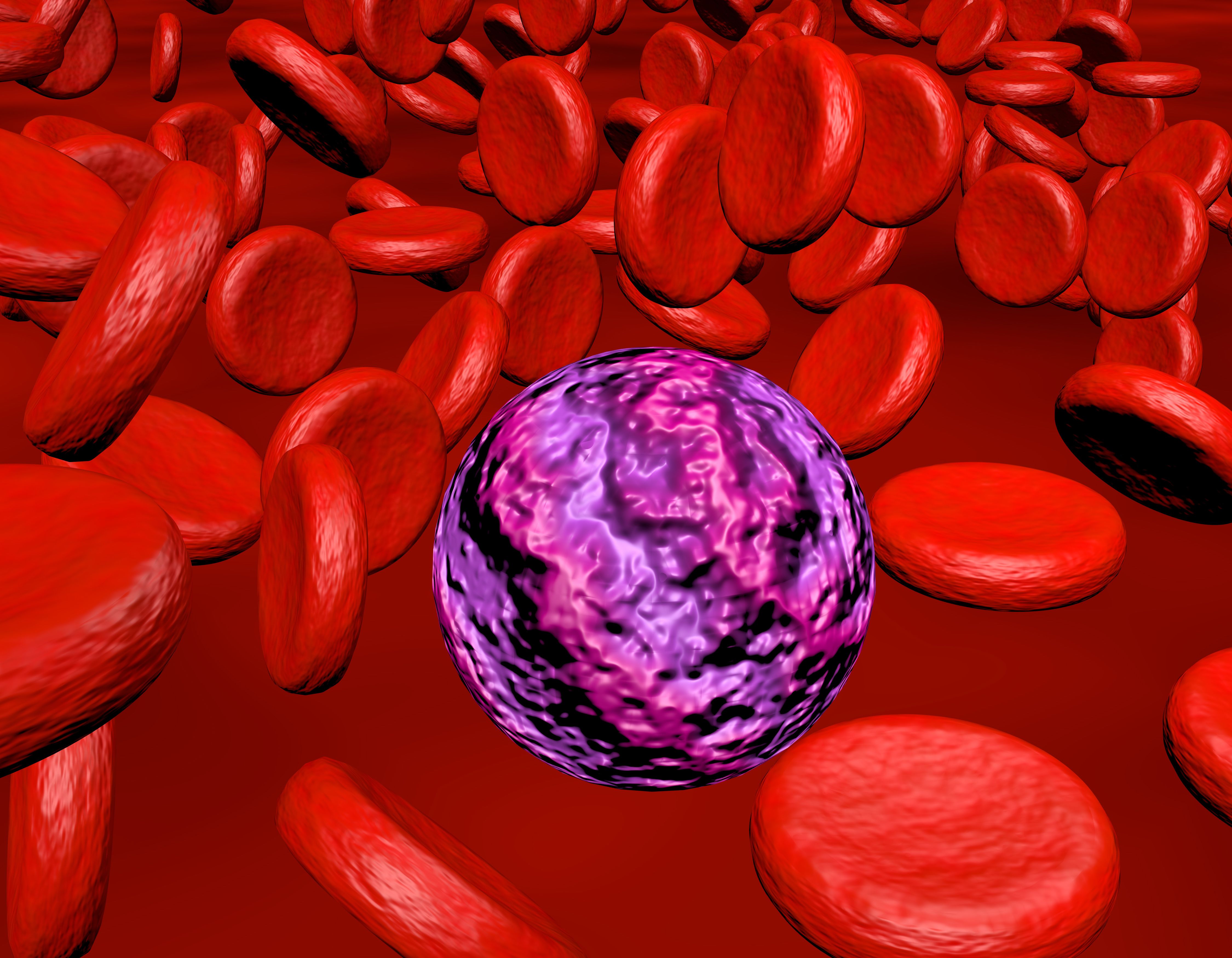Annamycin Earns European Orphan Drug Designation in Acute Myeloid Leukemia
Preliminary findings from the MB-106 trial support the potential benefit of annamycin/cytarabine in patients with acute myeloid leukemia.
Treatment with annamycin in combination with cytarabine for those with relapsed/refractory AML is under assessment as part of the phase 1b/2 MB-106 trial (NCT05319587).

The European Medicines Agency (EMA) has granted orphan drug designation to annamycin, a next-generation anthracycline, as a treatment for patients with acute myeloid leukemia, according to a press release from developers Moleculin Biotech, Inc.1
“We are pleased to receive orphan drug designation from the EMA for Annamycin, which further supports our ongoing efforts to advance this compelling next-generation anthracycline for the treatment of hard-to-treat cancers,” Walter Klemp, chairman and executive officer at Moleculin, said in the press release.1 “We continue to be encouraged by the growing body of promising interim clinical data demonstrated by Annamycin. We remain focused on advancing our clinical and regulatory strategies toward our next phase of development, including the planned commencement of a pivotal registration study as second-line therapy in AML before year-end.”
Treatment with annamycin in combination with cytarabine for those with relapsed/refractory AML is under assessment as part of the phase 1b/2 MB-106 trial (NCT05319587). According to preliminary findings from the trial, annamycin plus cytarabine elicited a complete response (CR) composite rate of 39% across all lines of therapy, which included 6 CRs and 1 CR with incomplete recovery.2 Additionally, there were 2 partial responses. One patient who achieved a CR after initiating treatment in February 2023 had an ongoing response lasting for more than 1 year at the time of the data readout.
The study has an estimated enrollment of 28 patients, and the desired number of patients in the second-line therapy cohort has already been reached. Investigators continue to enroll patients in the first-line and third-line therapy cohorts of the trial. Additionally, investigators intend to submit applications for approval by the EMA of annamycin/cytarabine as second-line therapy.
“We remain highly encouraged by the positive data seen to-date in our phase 1b/2 [MB-106] trial for AML,” Klemp said in a press release regarding these findings.2 “[Annamycin/cytarabine] has the potential to offer patients [in the second-line setting] a viable alternative, regardless of prior treatments or mutations.”
In this multi-center, open-label trial, patients were assigned to receive annamycin as an intravenous infusion over 2 hours for 3 consecutive days followed by 18 days off plus cytarabine at 2.0 g/m2 per day intravenously for 5 consecutive days.3
The trial’s primary end point is the maximum-tolerated dose and recommended phase 2 dose of annamycin. Secondary end points include the pharmacokinetics and anti-leukemic activity per International Working Group Response Criteria in AML.
Patients 18 years and older with a pathologically confirmed diagnosis of AML based on World Health Organization classification and no prior therapy or relapsed/refractory disease following prior induction therapy are eligible for enrollment on the trial. Additional eligibility criteria include having an ECOG performance status of 0 to 2, adequate laboratory results, and no receipt of any investigational therapies within 4 weeks of entry.
Those with acute promyelocytic leukemia, prior mediastinal radiotherapy, central nervous system involvement, or clinically relevant serious comorbid medical conditions such as active infection are ineligible for enrollment on the trial. Patients are also unsuitable for enrollment if they have evidence of mucositis or stomatitis at the time of study entry or a known allergy to anthracyclines.
Developers previously announced topline results from the European phase 1 MB-105 trial assessing the efficacy and safety of annamycin among patients with relapsed/refractory AML in February 2023.4 Findings highlighted an overall response rate of 80% and no cardiotoxicity in those who received annamycin.
References
- European Medicines Agency (EMA) grants orphan drug designation for Moleculin's treatment of acute myeloid leukemia (AML). News release. Moleculin Biotech, Inc. April 18, 2024. Accessed April 22, 2024. https://tinyurl.com/ymzxd6yt
- Moleculin announces positive interim data in Annamycin MB-106 phase 1B/2 AML trial. News release. Moleculin Biotech, Inc. March 25, 2024. Accessed April 22, 2024. https://tinyurl.com/34mn5wdm
- Study of liposomal annamycin in combination with cytarabine for the treatment of subjects with acute myeloid leukemia (AML). ClinicalTrials.gov. Accessed April 22, 2024. https://tinyurl.com/bdhvta3t
- Moleculin announces final topline data from successful European phase 1 trial evaluating annamycin as a single agent treatment of relapsed or refractory acute myeloid leukemia (AML). News release. Moleculin Biotech, Inc. February 13, 2023. Accessed April 22, 2024. prn.to/3YuzLno